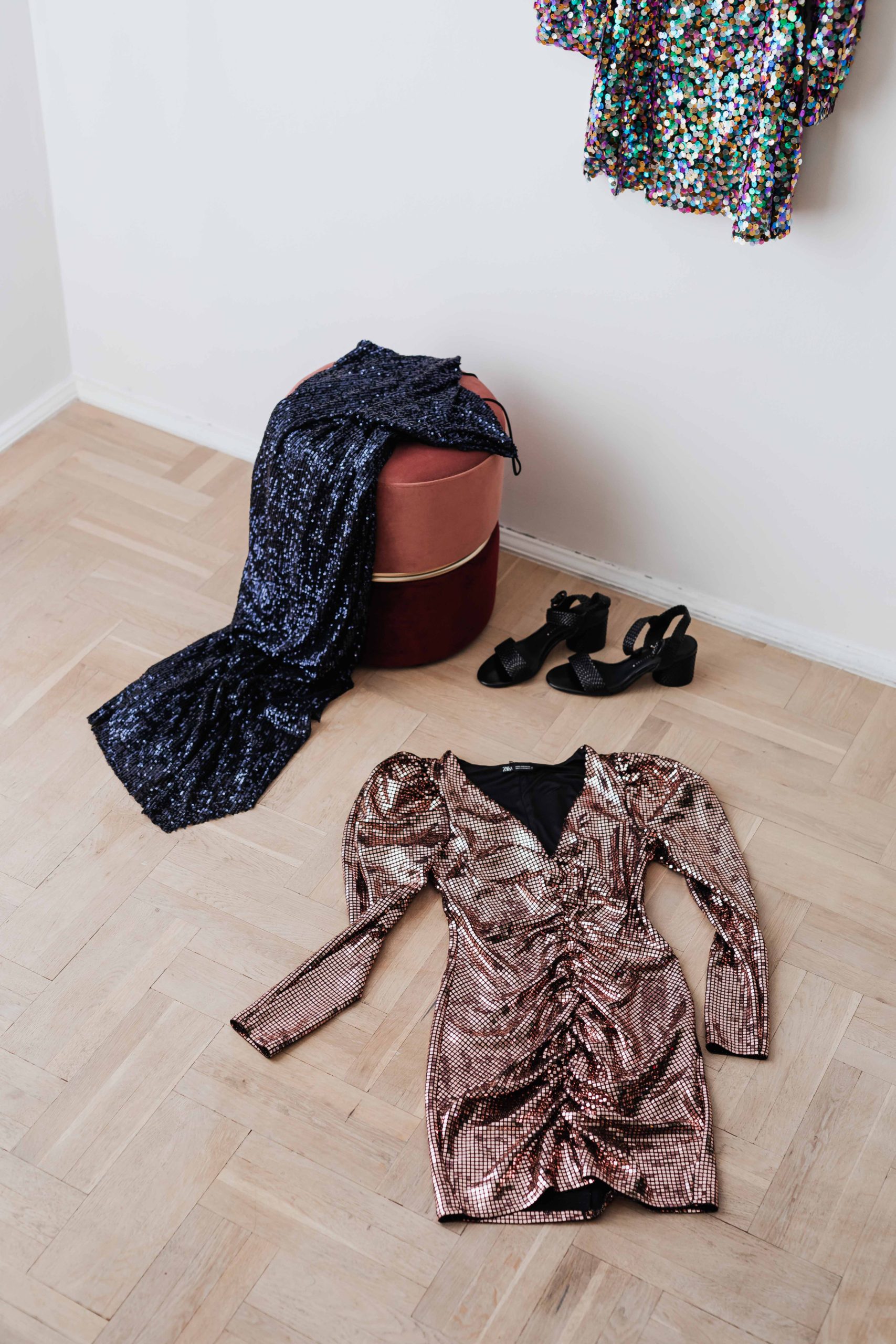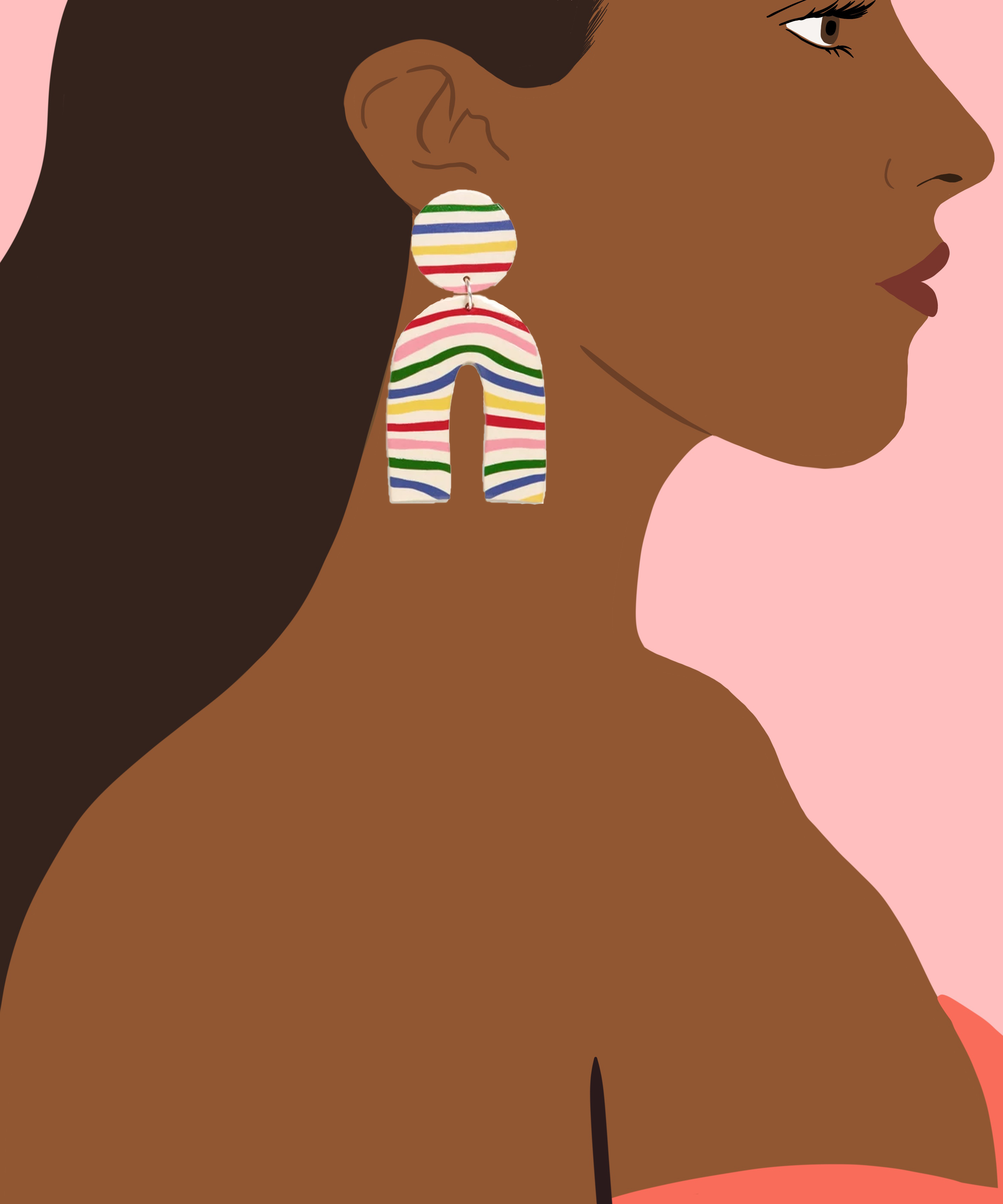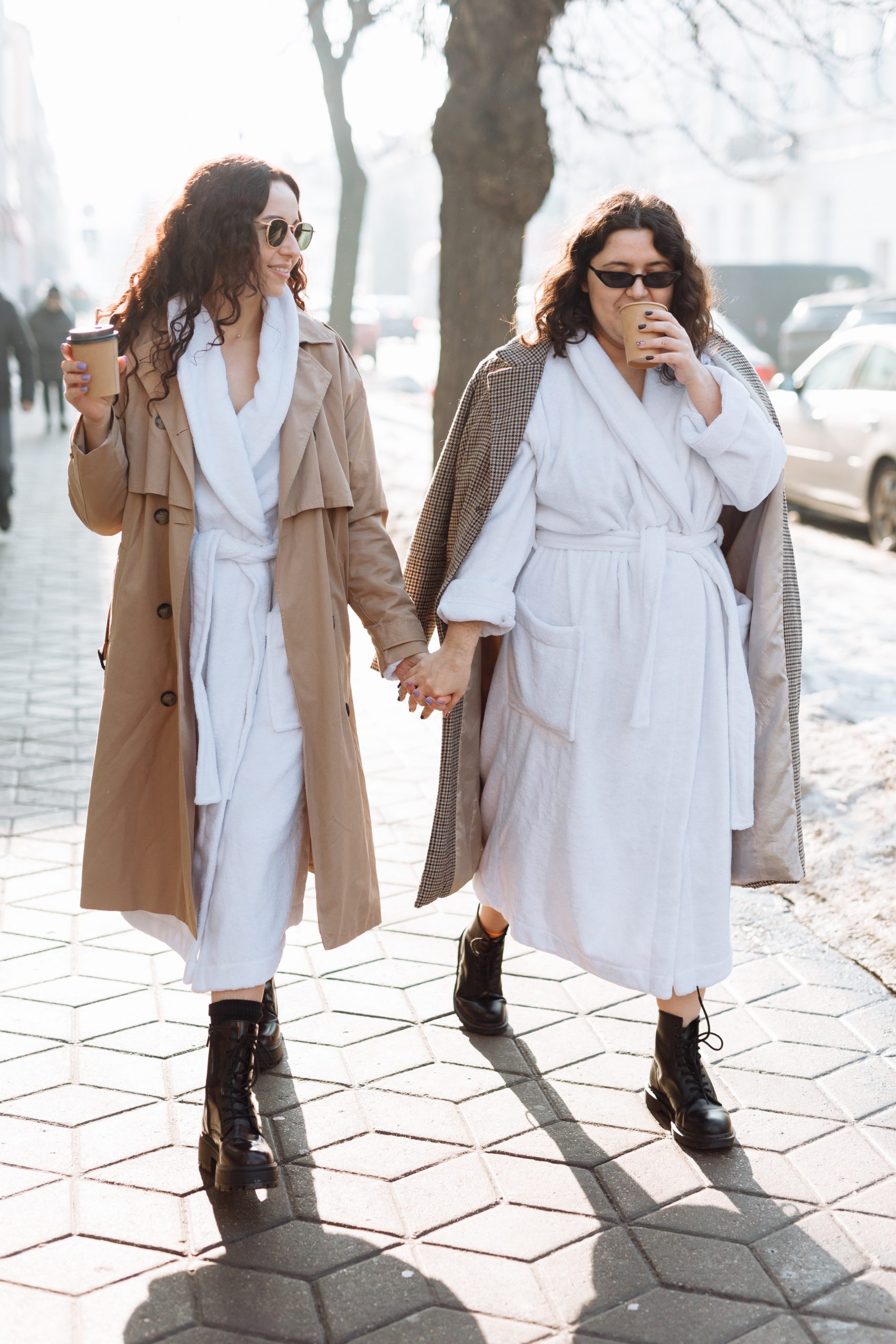Pants are pants are pants are pants. Do they really have any differences? You put one leg in at a time, button them up and you’re ready to go. But there are some differences. Throughout the year’s various styles of pants have shaped views, raised controversy and made political points.
The Culotte

When women began to ride bicycles, it was improper to wear pants. That’s where the culottes came in, also known as the divided skirt. Culotte is also the French word for “knee breeches.” But, women weren’t the first to sport these fashion statements. In the 1500s men across Europe sported them around like there was no tomorrow. The rich and noble wore these knee breeches, while the working class sported trousers. This, of course, sparked a bit of controversy. During the French Revolution, these men who supported the revolution wore trousers, and were called “Sans Culotte” or “without knee breeches.”
The style takeaway for the culotte is that it’s a wide, knee-length trouser that has a close resemblance to a skirt.
The Trouser

Until 1970 it was not fashionable and sometimes against the law for women to wear pants in offices, classrooms, and restaurants in the U.S. Charlotte Reid was the first woman to ever wear pants in Congress in 1969.
Trousers and pants are two terms that can be used interchangeably. In England, the most common term for pants is “trousers.” Both words refer to a garment that covers the legs from the waist to the ankles.
The Jean

We all know that Levi Strauss and Jacob Davis are the kings of jeans. Even weavers from the French city of Nimes tried to copy the design but failed. The fabric they ended up with became known as denim, which literally meant “de Nimes” or “from Nimes.” Additionally, the word jeans came from the sailors of Genoa, who were also known as “Genes”. The Hindi word “dungaree” was also used for denim, and it means a coarse piece of cloth worn by the sailors of Dhunga. “Dungaree” means blue denim fabric, and it came from Dongari Killa in Mumbai, India in the 17th century.
Jeans are referred to as a style of trousers made from denim or dungaree cloth.










